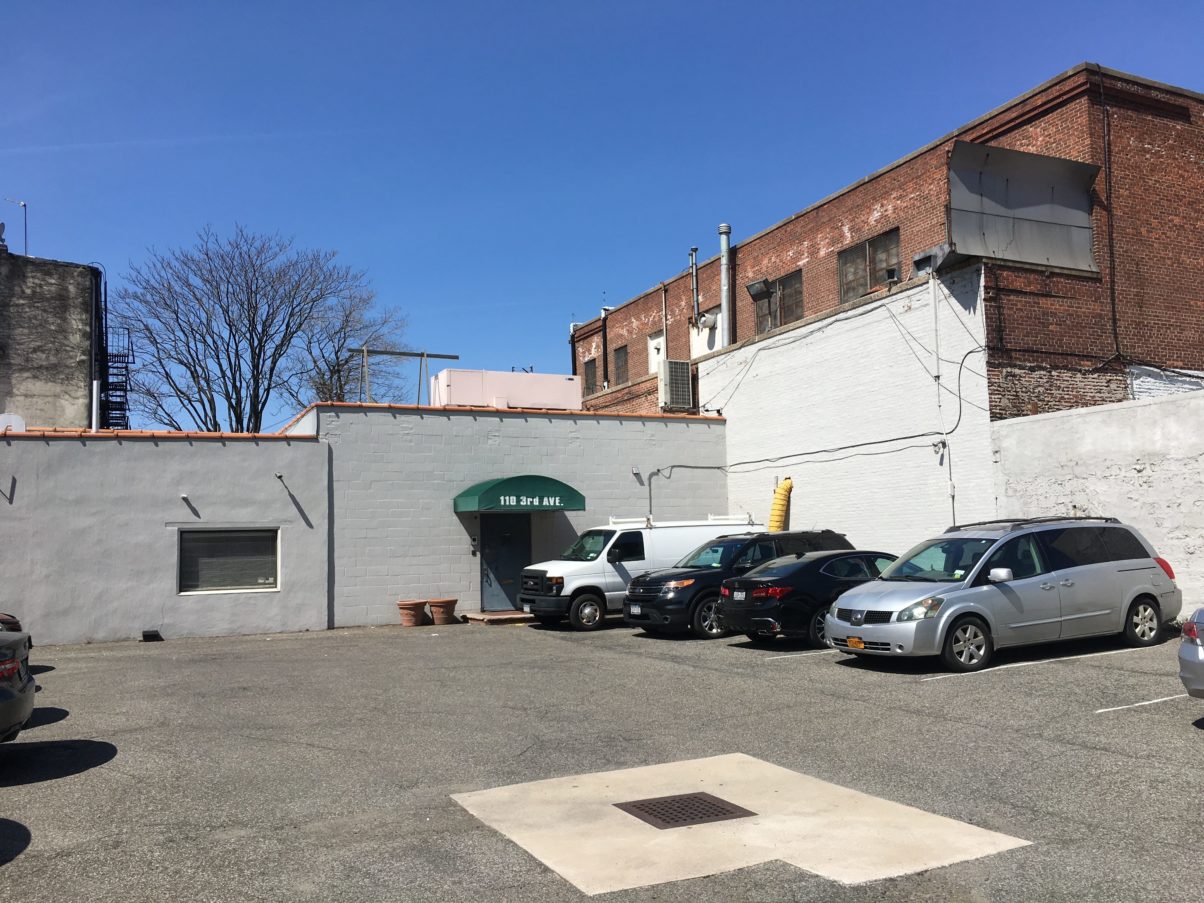A Brooklyn factory, once the city’s top polluter, will close after 89 years
Ulano was once liable for nearly 20 percent of NYC’s toxic air pollution

The outside of Ulano Corporation at 110 Third Ave. has no signage. Eagle photo by Scott Enman
A Boerum Hill company that in 1988 was named the city’s top air polluter, accounting for roughly 17 percent of toxins released into the city’s sky, will shutter after 89 years in operation.
Ulano Corporation, which creates chemical products for the screen printing industry, was the largest toxic chemical emitter in the city that year, according to a New York Times article that cited a Consumer Policy Institute report.
The piece notes that 66 companies were responsible for two million pounds of 48 different toxic chemicals in the air in 1988. Eight of them accounted for two-thirds of the total pollution, with Ulano coming in at No. 1.
